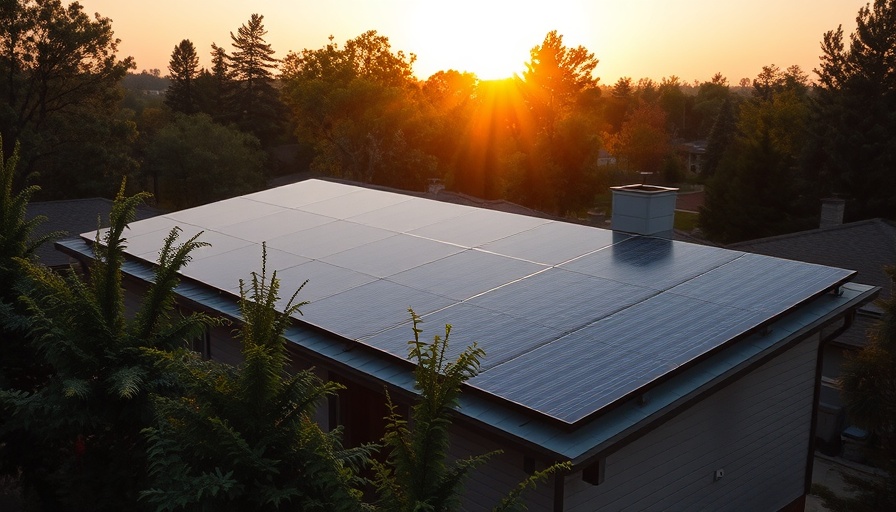
A Significant Win for Renewable Energy in California
In a landmark decision, the California Supreme Court has upheld the rights of rooftop solar panel owners, a move that stands to reshape the state's energy landscape. This unanimous decision centers around a critical ruling involving payments for excess solar energy sold back to utility companies, with the justices directing a lower court to reassess a prior judgment that supported significant cuts to these payments.
The Heart of the Dispute: Net Energy Metering
At the core of this issue is the concept of "net energy metering" (NEM), an arrangement allowing solar panel owners to receive compensation for the surplus energy they contribute to the grid. Traditionally, homeowners benefitted from receiving payment at the retail rate for their excess energy, a setup that acknowledges the equivalent cost utilities incur when reselling that energy. However, changes instituted under NEM 3.0 transformed this model. Under the latest framework, compensation was reduced to the "avoided cost," favoring utilities and disadvantaging solar users.
Why the Change Matters
The 2022 decision to reduce payments by nearly 75% aimed at making energy bills more affordable for all. However, environmental advocates, including the Center for Biological Diversity and the Environmental Working Group, argue this shift undermines the fundamental benefits of solar energy. They assert that local generation of clean energy can alleviate financial burdens on all consumers, thus surpassing the supposed need for lowered payments.
Decoding the Court's Directive
The Supreme Court's determination to redo the lower court's ruling emphasizes the need for a nuanced review of energy policies that impact not only solar panel owners but all Californian residents reliant on equitable energy costs. Bernadette Del Chiaro, representing the Environmental Working Group, remarked on the need for a comprehensive assessment, suggesting that the court is adamant this is an opportunity for reconsideration.
Wider Implications for California's Energy Future
This decision has more profound implications for California's energy policy landscape. Experts caution that while this ruling does not inherently reverse the payment changes, it signifies the judiciary's willingness to challenge regulatory decisions if they overlook the broader community and environmental impacts. This could, therefore, prompt a re-evaluation of utility commission decisions in the future.
The Voice of Utilities: Concerns and Reactions
Utilities who supported the payment cut justified their stance by claiming that the earlier payment structure disproportionately affected customers without solar panels. The utilities argued that those consumers bore an unfair cost burden for grid maintenance. The Supreme Court's response to the lower court's previous conclusions illustrates a growing scrutiny of utility arguments and opens the door for ongoing discussions about fairness across energy consumption dynamics.
Next Steps in the Legal Battle
While the decision is a victory for solar advocates, it also leaves several questions unanswered. The ultimate legality of the revised payment rates will depend on the lower courts’ findings, which will now revisit these critical dimensions. What remains certain is that California's legal landscape surrounding energy generation is evolving rapidly.
Conclusion: The Importance of Solar Advocacy
As California navigates this contentious energy landscape, the Supreme Court's ruling serves as a reminder of the power of advocacy and the essential balance between utility needs and sustainable energy advancements. As citizens and homeowners, staying informed about these developments will ensure continued support for policies that favor renewable energy and equitable treatment for all consumers.
 Add Row
Add Row  Add
Add 




Write A Comment